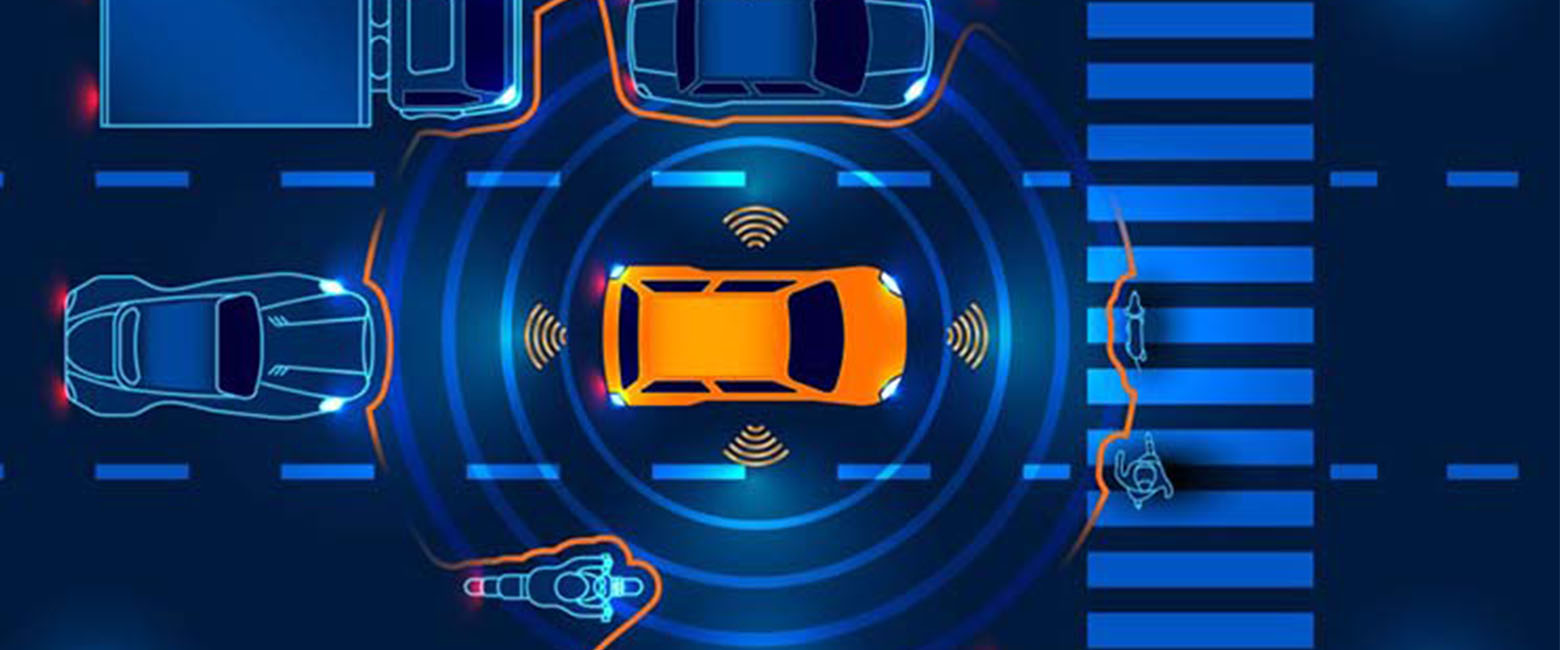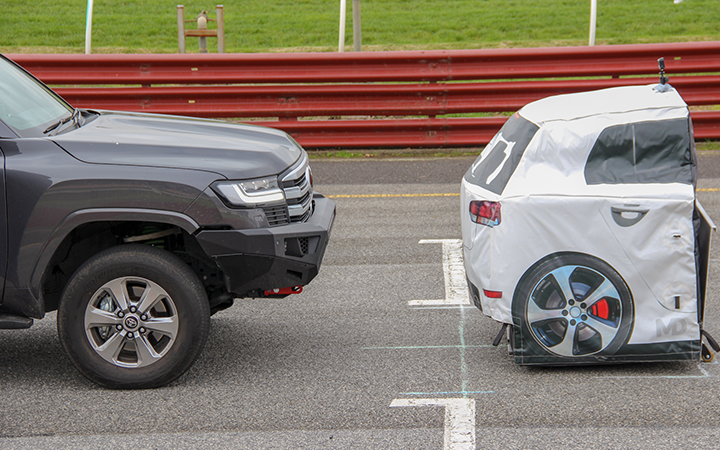There is no doubt that driverless cars have arrived. We are seeing huge technological advancements each day that are bringing autonomous vehicles into the mainstream. Whilst we are getting excited about the thought of cruising around town while reading a book or drinking a coffee, there's still a lot of technology that needs to be tested and refined before we jump into our autonomous cars.
One of the big technical challenges is the fact that autonomous cars cannot 'see' like humans. Sight is a vital part of detecting and understanding everything from road signs and traffic conditions to avoiding pedestrians and vehicle collisions.
Autonomous vehicles currently use laser sensors to detect the environment around them but this has some obvious limitations. While lasers are good for detecting objects and their distance from the vehicle, they cannot read and follow street signs or differentiate between a footpath and the driveable road.
The CSIRO's Data61 division is looking at changing this with the help of Australian bionic eye technology. CSIRO has partnered with Chinese self-driving technology company, ZongMu Technology. Together they are aiming to equip autonomous vehicles with bionic vision, an intuitive way to allow a machine to see and understand the environment the way humans do and react to hazards.
The idea is to develop bionic vision using algorithms to estimate the space between objects according to motion and predict the potential hazards of moving objects. Unlike laser sensors which rely on a series of points to identify hazards, bionic vision offers richer information and a deeper understanding of road scenes through 3D image analysis. This new technology will allow autonomous vehicles to rapidly detect and avoid hazards, understand and obey road rules and to determine their exact location in relation to other moving vehicles and landmarks in a given environment. It would allow driverless cars to react quickly to any hazards at a distance of 10 metres or further to avoid collisions.
Not only are current laser sensors less effective at avoiding hazards, they are also extremely expensive. The proposed bionic vision algorithms CSIRO is developing with ZongMu cost one-tenth the amount and will allow autonomous vehicles to reach the road in a much shorter time frame. These advancements are not only limited to driverless cars, there are a variety of areas that could potentially benefit from this type of technology. Research is building on previous work by CSIRO in developing a bionic eye, using bionic vision that has given sight to the visually impaired. Using electrodes in a bionic eye, patients are able to get a sense of distance, with the electrical signals intensifying as the individual gets closer to an obstacle.
ZongMu self-driving technology is already being used by China's leading car makers for enhanced driver and road safety. Together with CSIRO's expertise in bionic vision, it is hoped the partnership will help bring autonomous vehicles with the highest safety standards to the consumer market in the not too distant future.


